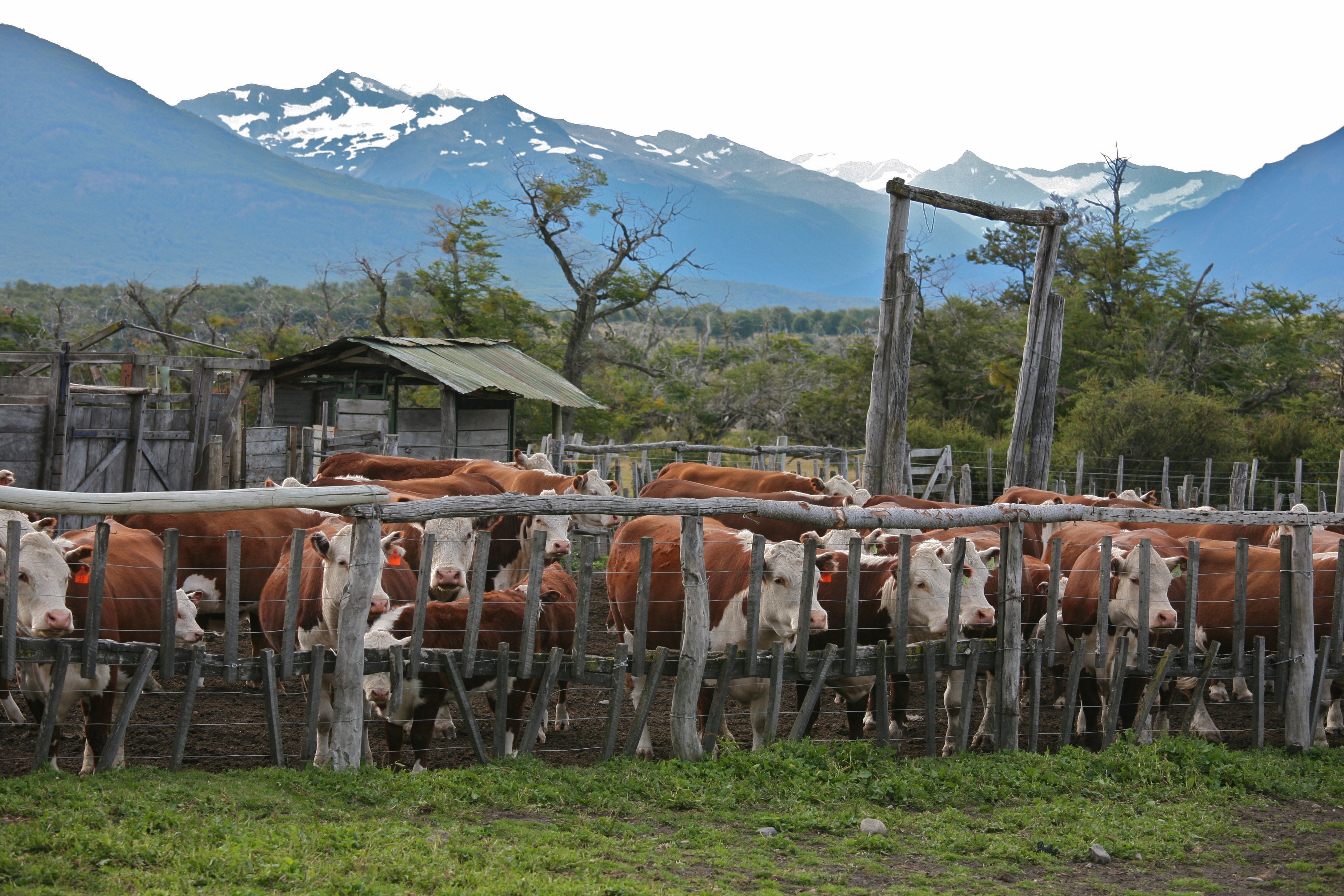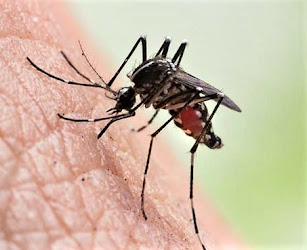Climate change, rainforest destruction and the next pandemic.
Climate change is supercharging the risk that already exists from another form of environmental destruction – uncontrolled agricultural development in tropical rainforests.
Rainforests are the most biodiverse places on earth. They teem with roiling life, the cycles of life and death faster and more complex than anywhere else. For at least the past century, intrusions into these forests have let loose scores of new microorganisms that can causes infectious disease in humans. Many of these originated in animals and require an intermediary species to transfer the pathogen to humans.
And so we have Ebola and the other haemorrhagic fevers, the respiratory viruses like SARS and Covid-19, and new immunosuppressive infections like HIV.
As climates change, some of these microbes can thrive in areas which were once inhospitable to them and to their vector animals. It’s true of new infections and ancient ones, including malaria and dengue. Already, there have been outbreaks of both in this country. As the range of the mosquito species extends, malaria and dengue threaten to become endemic in northern Australia. Whether that range will eventually extend as far as Brisbane or even Sydney largely depends on what happens with the climate.
Trouble in the jungle
Decades of warnings from people working with emerging diseases – the virus hunters – were ignored, with appalling results. Most governments, including ours, had done almost nothing to prepare.
In 1952, land reform in Bolivia ousted rich cattle barons and gave the land to poor farmers. But when the former owners left, the river steamships – and any means of getting beef out and other items in – went too. So the forests had to be cleared to provide space to grow things other than beef.
In doing so, they disturbed the habitat of a field mouse and provided it with a huge new supply of food – grain crops. The mouse population exploded and hordes of mice invaded local villages, bringing with them a new virus. And so began the first epidemic of Bolivian haemorrhagic fever, which had a mortality rate of between five and 30 per cent. About 20 percent of the local population died before the source was identified and prevention measures could begin.
 |
| As humans and livestock encroach on tropical forests, disease risk soars |
Three decades earlier and half a world away, another virus – this time infecting chimpanzees in equatorial Africa – mutated and jumped into the local human population, who lived partly on bushmeat, including from great apes. There it remained, causing local disease and deaths but unnoticed by the rest of the world, until population pressure and commercial development opened up the area to the outside.
That virus was finally noticed not in Africa but in New York, Los Angeles and San Francisco in 1981. It became known as the human immunodeficiency virus – HIV – and has since killed over 35 million people. Even now, according to UNAIDS estimates, almost 700,000 die each year.
The list of new infectious diseases that have crossed from animals to humans – they’re called zoonoses – is long and deadly. The common factor binding most of them is that they are the product of human activity blindly transforming natural environments, from the massive destruction of forests in the Amazon to road-building in Africa and Asia.
Population pressures
As the global population grows, the need for more space and food means the remaining natural world is invaded, often with unpredicted and catastrophic results – not just for the animals and plants directly affected but for the entire human population. In the past half-century, many hundreds of millions of people have been lifted out of poverty, but as diets change from plant to animal protein, there is a cost.
According to the United Nations Environment Program, meat production has risen since 1960 by 260 per cent, milk production by 90 per cent and eggs by 340 per cent. To meet this demand, vast areas of biodiverse tropical rainforest have been devastated, upsetting the ecological balance and bringing humans into contact with wild animals and their diseases. Intensive livestock farming of pigs, cattle and poultry provide incubators for zoonotic disease.
Hunting of wildlife and the sale of live animals has ignited many diseases which either infect humans or destroy vast numbers of livestock, or both. In West Africa, highly profitable commercial wildlife hunting has increased massively in the past decade alone. Bushmeat is becoming a luxury product.
SARS-CoV-2 -- the virus that causes Covid-19 -- almost certainly crossed from an animal vector into humans at the Wuhan market in China. It, like many other such infectious diseases, will be with us now, probably, forever. The only infectious disease human have ever been able to eradicate is smallpox -- and these fast-evolving viruses are far, far harder to fight.
Covid-19 demonstrates how lethally unprepared most of the world has been to confront the pandemics we ought to have expected.
Climate change and infectious diseases
The galloping pace of climate change adds powerfully to disease risk. Despite being ignored by many governments including our own, this trend too has been going on for many decades.
Take a look at this graph from the Journal of the Royal Society Interface. It shows how the frequency of major outbreaks of zoonotic diseases have accelerated -- increasing sevenfold in four decades. And as the number of outbreaks rises, so too does the number of patients in each one.
 |
| Global numbers of zoonotic outbreaks with a minimum of 100 cases |
Researchers from the University of Georgia in the United States wrote recently:
Dengue suitability is predicted to increase mostly in lowland areas in the Western Pacific region and the Eastern Mediterranean region, and in highland areas in the Americas, as previously proposed. Shifts towards higher altitudes suggest that outbreaks can occur in areas where people might be immunologically naive and public health infrastructure unprepared. This situation could have major impacts on populations, public health systems, and economies with no previous experience in managing these diseases.
Australia has so far also been spared from the long-standing malaria pandemic, which kills at least half a million people a year through the world's tropical belt. But it is endemic in Papua New Guinea and there have been frequent, though limited, outbreaks in the Torres Strait involving imported cases. The Lancet researchers found:
Our findings offer strong support for a northward shift of the malaria-epidemic belt in North America, central northern Europe, and northern Asia ... We predict a northward shift of the dengue-epidemic belt over central northern Europe and northern USA because of increases in suitability, echoing findings from other groups.
... which is not good news for Australia, with the disease already on the doorstep.
Epidemics ancient and modern
Like the more recent pathogens, the malaria parasite and the dengue virus also emerged when humans intruded into previously uninhabited environments. The first recorded case of a probable dengue fever outbreak was in China around 1,800 years ago, though it probably originated in Africa. Dengue became a much wider problem with the expansion of the slave trade in the early modern period, and with the economic and environmental disruptions during and following the Second World War, became a major scourge afflicting the world's poorest and most populous countries. By the 1970s, dengue had become a major cause of child mortality; and its most serious complications, dengue haemorrhagic fever and dengue shock syndrome, also spread.
Plasmodium falciparum, the parasite causing malaria, has existed for at least 30 million years, most probably in gorillas and perhaps other apes. It spread in the human population only about 10,000 years ago, when farming-based permanent settlements heralded the neolithic period. Malaria was a serious problem in the ancient Greek and Roman worlds, and in renaissance Italy where it killed four members of the Medici family in Florence.
When the slave trade extended to the Americas following the Spanish conquests, malaria came along for the ride, infecting Aztecs and Incas for the first time. In the United States, it boosted the economic reliance on slave labour in the southern states: west Africans were more resistant to the disease than most other humans.
Right now, a major concern for Australia and the world is the continuing development of respiratory diseases from southern China. Of all the globally spreading strains of H3N2 influenza between 2000 and 2010, 87% originated there. So, of course, did SARS and Covid-19.
As Covid has shown us, Australia is ill-prepared for the inevitable new epidemics and pandemics. Our health and hospital system is so over-stretched at normal times that it can only cope with cases through cancelling treatment of other patients, such as those needing 'elective' surgery. That is not a long-term strategy, but coping with climate change will demand substantial new investment in health and hospital infrastructure, training of doctors, nurses and allied health professionals. We need to deal with the cost barriers which increasingly ration health care to those who can afford it. And we must improve -- vastly improve -- our capacity to deliver timely and adequate access to vaccines and drugs.
So far, there is little sign that our current leaders are listening.

